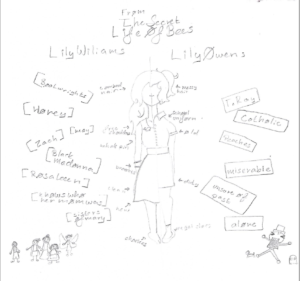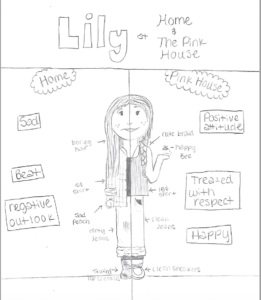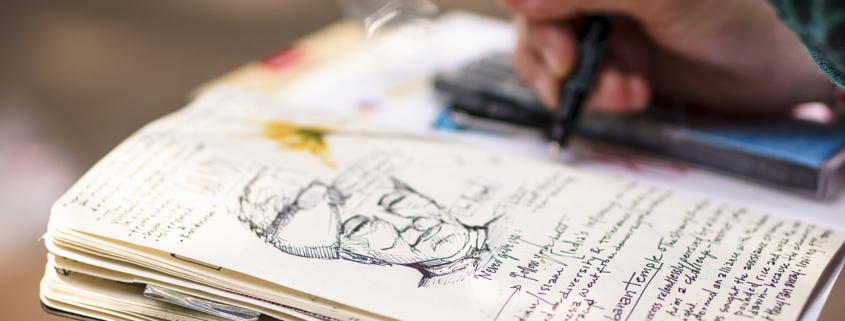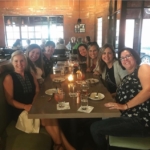A few years ago, I served as Penny Kittle’s driver.
Yes, you read that sentence correctly.
No, I am not an Uber driver, nor am I particularly good driver. But Penny was in town, and she needed someone reliable to drive her from the hotel to the workshop venue for the two days she was presenting. To this day, I have no idea how this task fell to me, but I said yes.
Saying yes meant I had PENNY KITTLE trapped in a small space with no one but me to talk to! I utilized every minute of that time while trying to not overwhelm her with questions. (I considered asking her if I could tape our conversation, but I thought that might be going a bit too far.) She was kind and gracious, which made me appreciate her even more.
Serving as her driver meant I could attend the workshop, too. One of the many ideas Penny shared was an activity in which she sketched and annotated her thoughts in response to this question:
Have you ever had a moment when you felt two parts of who you are or who you want to be or who others expect you to be at war inside of you? Where you feel split in two but also whole all at once?
See the activity here.
A couple of weeks later, my students finished book clubs, and I decided to try an adaptation of Penny’s idea. I asked students to think about how characters in their books changed from the beginning to the end of their stories. I asked them to think about what kind of changes were significant and notable versus changes that were insignificant, and I asked them to provide a sketch that revealed “before and after” attributes and details.

I wanted to see where students were in their understanding of character development, and I liked the idea of providing a low stakes, creative method for them to show me. I also decided to give students individual time to create their sketches, which gave them some space from their book club partners. I learned over the years that sometimes even the best groups need a little time to think away from each other.

When they finished, I asked them to meet in their book club groups to share their drawings and to discuss how they determined what they put on their sketches. As they talked, I captured some of their thoughts and ideas on my clipboard. These would be the ideas we would discuss.
I did not have my students dig in as deeply as Penny’s example shows, but I liked the results, and I attached a few for The Secret Life of Bees throughout this post. I quickly determined which students needed some conversation with me the following day, and then we had a strong whole-group discussion about the various ways students noticed important changes in their characters. The discussion was strong because all of the ideas came from the students — not from me, not from a list of pre-determined notes, not from a teacher’s guide.

What you cannot see, though, are the animated conversations that took place as students shared their thinking processes and their sketches. All of that joy and excitement prompted me to put everyone’s sketches on my bulletin board after school that day. The next day, students vied for space near the bulletin board. They were reading, commenting, asking questions to each other, etc. — exactly what every literacy teacher hopes to see students doing in response to books.
Thank you, Penny Kittle.






